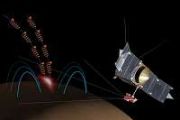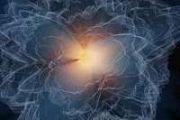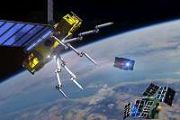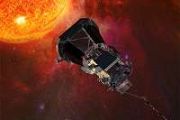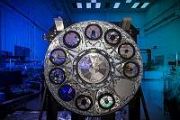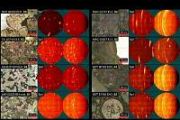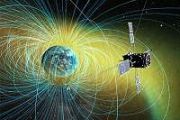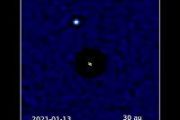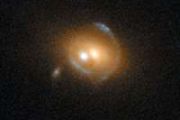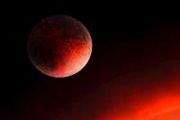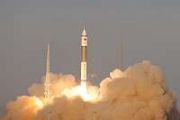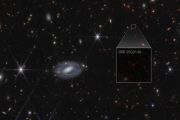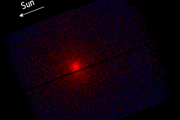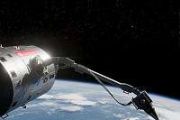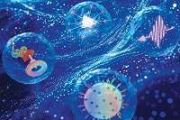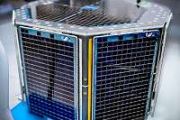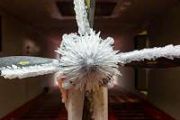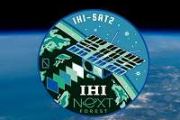
Copernical Team
Subaru OASIS survey uncovers massive planet and brown dwarf
 Astronomers using the Subaru Telescope in Hawaii have identified a massive planet and a brown dwarf orbiting distant stars, marking the first discoveries from the Observing Accelerators with SCExAO Imaging Survey (OASIS). The program combines precision space astrometry with Subaru's high-contrast imaging to reveal companions that are otherwise hidden in the glare of their host stars. These resul
Astronomers using the Subaru Telescope in Hawaii have identified a massive planet and a brown dwarf orbiting distant stars, marking the first discoveries from the Observing Accelerators with SCExAO Imaging Survey (OASIS). The program combines precision space astrometry with Subaru's high-contrast imaging to reveal companions that are otherwise hidden in the glare of their host stars. These resul Astronomers tighten expansion rate gap in universe measurements
 A team of astronomers using several ground and space-based observatories, including the W. M. Keck Observatory on Maunakea, has produced one of the most precise independent measurements yet of the universe's current expansion rate, intensifying the long-running Hubble tension in cosmology.
The researchers drew on data from Keck's Cosmic Web Imager together with observations from NASA's Jam
A team of astronomers using several ground and space-based observatories, including the W. M. Keck Observatory on Maunakea, has produced one of the most precise independent measurements yet of the universe's current expansion rate, intensifying the long-running Hubble tension in cosmology.
The researchers drew on data from Keck's Cosmic Web Imager together with observations from NASA's Jam NASA prepares new lunar dust and seismic studies for Artemis IV
 NASA has selected two science instruments for astronauts to deploy on the lunar surface during the Artemis IV mission to the Moon's south polar region, with the goal of improving understanding of the local environment to support future human and robotic exploration to the Moon and on to Mars.
Nicky Fox, associate administrator for the Science Mission Directorate at NASA Headquarters in Was
NASA has selected two science instruments for astronauts to deploy on the lunar surface during the Artemis IV mission to the Moon's south polar region, with the goal of improving understanding of the local environment to support future human and robotic exploration to the Moon and on to Mars.
Nicky Fox, associate administrator for the Science Mission Directorate at NASA Headquarters in Was ISS to change commanders before Soyuz crew leaves orbit
 Expedition 73 will swap commanders this weekend before three crew members return to Earth on Monday. Expedition 74 will begin once the home bound trio undocks from the Rassvet module inside the Soyuz MS-27 spacecraft the following day.
Veteran Roscosmos cosmonaut and station Commander Sergey Ryzhikov will hand over a symbolic key representing command of the orbital outpost to four-time spa
Expedition 73 will swap commanders this weekend before three crew members return to Earth on Monday. Expedition 74 will begin once the home bound trio undocks from the Rassvet module inside the Soyuz MS-27 spacecraft the following day.
Veteran Roscosmos cosmonaut and station Commander Sergey Ryzhikov will hand over a symbolic key representing command of the orbital outpost to four-time spa Week in images: 01-05 December 2025
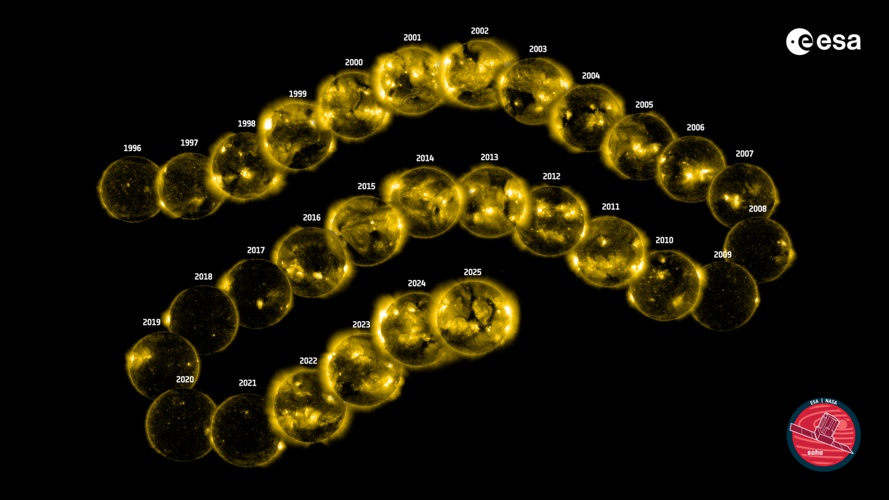
Week in images: 01-05 December 2025
Discover our week through the lens
Astrobee: AI-guided robot navigates space station corridors with improved speed and safety
Verifying that you are not a bot
Hubble reobserves 3I/ATLAS
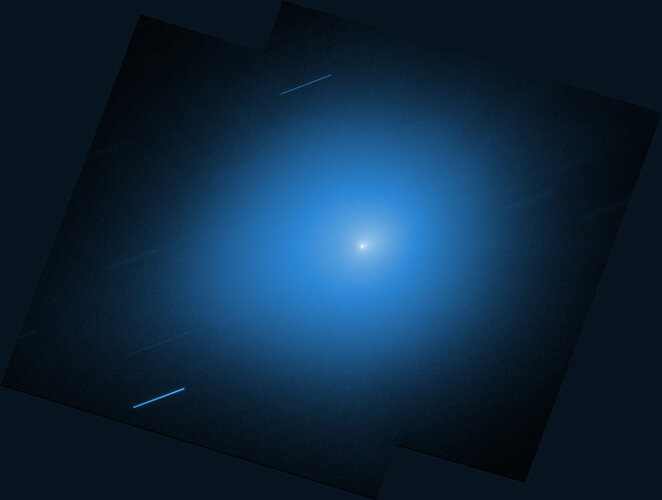 Image:
Image:
The NASA/ESA Hubble Space Telescope reobserved interstellar comet 3I/ATLAS on 30 November with its Wide Field Camera 3 instrument. At the time, the comet was about 286 million km from Earth. Hubble tracked the comet as it moved across the sky. As a result, background stars appear as streaks of light.
Hubble previously observed 3I/ATLAS in July, shortly after its discovery, and a number of observatories have since studied the comet as well. Observations are expected to continue for several more months as 3I/ATLAS heads out of the solar system.
For the latest updates and FAQs related to comet 3I/ATLAS, see
Earth from Space: Singing dunes and mysterious lakes
 Image:
This Copernicus Sentinel-1 image features part of the Badain Jaran Desert in northwestern China.
Image:
This Copernicus Sentinel-1 image features part of the Badain Jaran Desert in northwestern China. Italian Earth observation fleet gains eight new IRIDE satellites
 Italy's IRIDE Earth observation programme has expanded with the launch of eight Eaglet II satellites, adding a second constellation to the growing national fleet. The spacecraft rode into orbit on a Falcon 9 mission that lifted off from Vandenberg Space Force Base in California at 19:44 CET on 28 November, with deployment completed about an hour after launch and signals from all satellites later
Italy's IRIDE Earth observation programme has expanded with the launch of eight Eaglet II satellites, adding a second constellation to the growing national fleet. The spacecraft rode into orbit on a Falcon 9 mission that lifted off from Vandenberg Space Force Base in California at 19:44 CET on 28 November, with deployment completed about an hour after launch and signals from all satellites later Greece deploys first national ICEYE radar satellites for disaster monitoring
 Two new ICEYE radar satellites have entered service under Greece's National Small Satellite Programme, expanding the country's capacity to track floods, wildfires, landslides and other hazards as well as areas of security interest on land and at sea.
The pair of synthetic aperture radar spacecraft were launched on 28 November 2025 on SpaceX's Transporter-15 rideshare mission from Vandenber
Two new ICEYE radar satellites have entered service under Greece's National Small Satellite Programme, expanding the country's capacity to track floods, wildfires, landslides and other hazards as well as areas of security interest on land and at sea.
The pair of synthetic aperture radar spacecraft were launched on 28 November 2025 on SpaceX's Transporter-15 rideshare mission from Vandenber 


